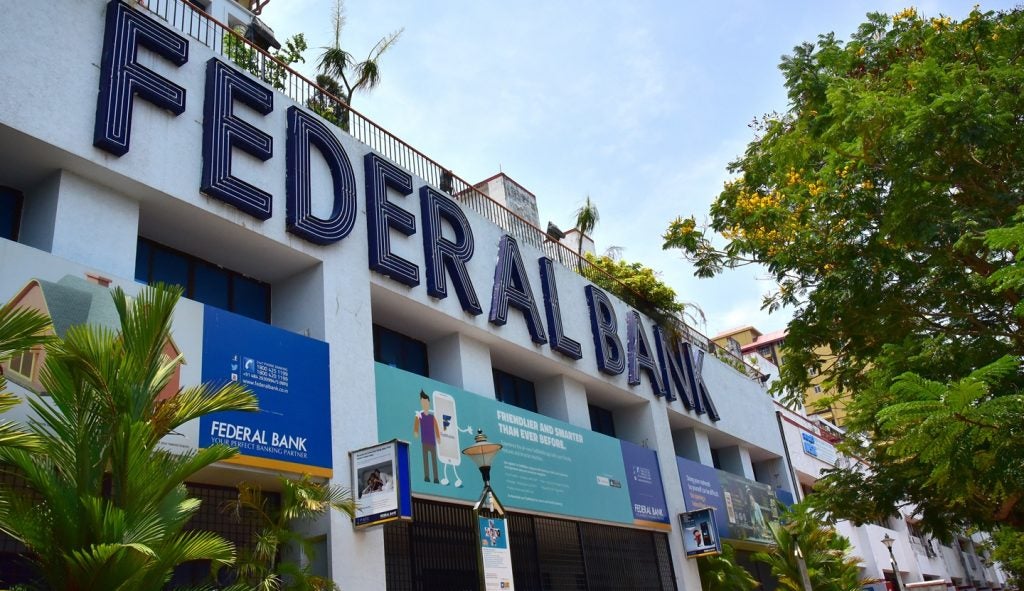Riots in Bulgaria, Latvia and
Lithuania; growing political instability in near-bankrupt Ukraine
and Georgia; Poland and Hungary teetering on the brink of a
depression. How bad can it get in Central and Eastern Europe (CEE)
and what are the implications for Western banks which have a CEE
exposure of an estimated €1.6 trillion ($2 trillion) in
loans?
According to the World Bank, the
International Monetary Fund (IMF) and ratings agency Moody’s, it
could get very bad indeed. In reply, two of the most exposed
Western banks – Austria’s Erste Group and Raiffeisen Zentralbank
Österreich (RZB) – told RBI that while the CEE region is
facing a very tough period, talk of economic apocalypse remains
wide of the mark.
World Bank president Robert Zoellick has called on western
European governments, via the EU, to intervene in the CEE to stave
off a severe economic depression. Zoellick’s plea for CEE
assistance echoed recent comments from the IMF, which has already
committed around $50 billion in loans to a number of badly hit
regional economies including Belarus, Hungary, Latvia, Serbia and
Ukraine.
But it was a report issued by Moody’s on 17
February, claiming the CEE region’s economic deterioration and
galloping loan losses could result in major western banks with CEE
exposure risking ratings downgrades, which really spooked the
markets. Following release of Moody’s gloomy missive, the Polish
zloty slumped to an all-time low against the euro, Hungary’s forint
nose-dived, and the share prices of a number of banks – including
Erste, RZB, UniCredit and KBC – all tumbled.
“After years of strong economic growth
facilitated by hefty capital inflows, East European countries
appear to be headed for hard landings in 2009. While growth will
slow globally, the downturn in CEE will be more severe,” said
Moody’s lead analyst Reynold Leegerstee.
The report stated the countries with the
highest external vulnerability are the Baltic States, Hungary,
Croatia, Romania and Bulgaria. Ukraine, Kazakhstan and Russia were
also under pressure despite having relatively little external debt.
Currency devaluation in the CEE also posed a risk to western
European banks as it would accelerate asset quality deterioration
and write-downs as unhedged corporate and retail customers that
have borrowed in foreign currencies face a sharp increase in the
value of their debt. In Poland, for example, around 60 percent of
mortgages are denominated in Swiss francs – but the zloty has lost
half its value against the franc this year.

US Tariffs are shifting - will you react or anticipate?
Don’t let policy changes catch you off guard. Stay proactive with real-time data and expert analysis.
By GlobalDataMoody’s concluded that banks located in six
countries – Austria, Italy, France, Belgium, Germany and Sweden,
which account for 84 percent of western European banks’ claims on
CEE – faced the biggest risk, with Austria’s banking system the
most exposed.
“We do not share the views of Moody’s – as
well as other CEE pessimists,” an Erste spokeswoman told
RBI. Stressing the bank’s marginal reliance on the
wholesale markets, with a loan to deposit ratio of 113 percent, she
added: “95 percent of our 14 million clients in CEE live in EU
states. This gives us the stability of the EU framework as well as
the long term growth potential of these countries. Erste is and
expects to be profitable in the CEE.”
RZB’s spokesperson Michael Palzer also pointed
out Moody’s report acknowledged that EU membership ensures
liquidity. “RZB has 80 percent of its assets in EU member states.
Due to our prudent approach we have slowed down growth, keeping our
assets at the current level for the time being in order to better
weather the storm.”








